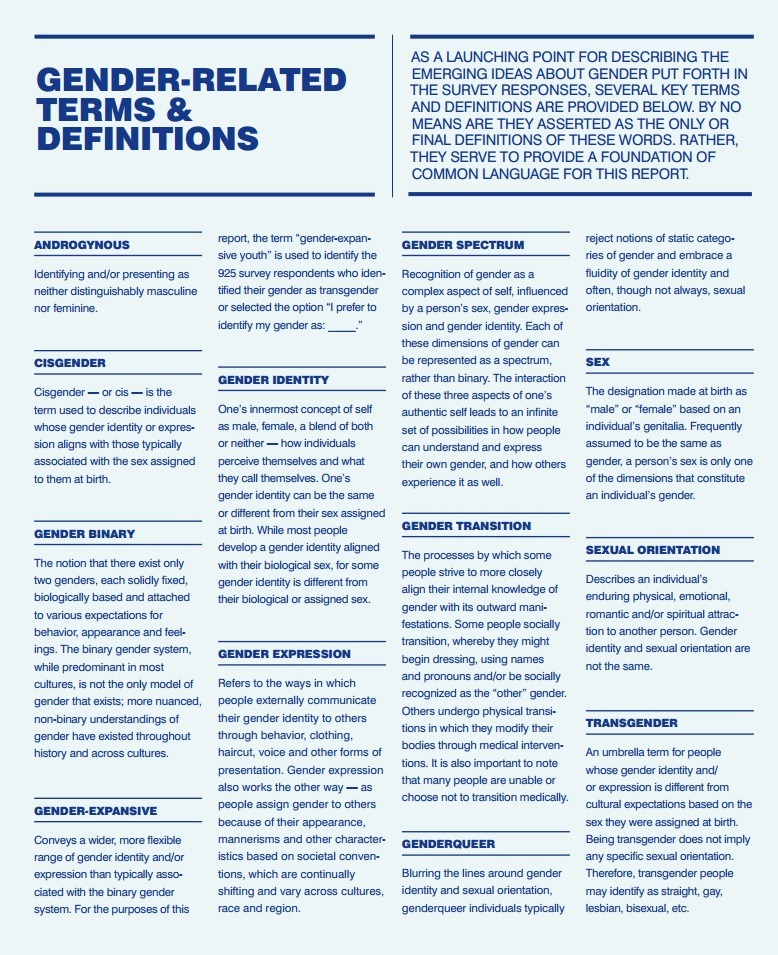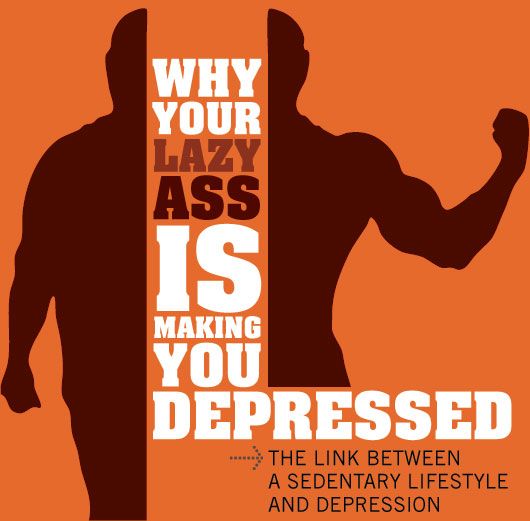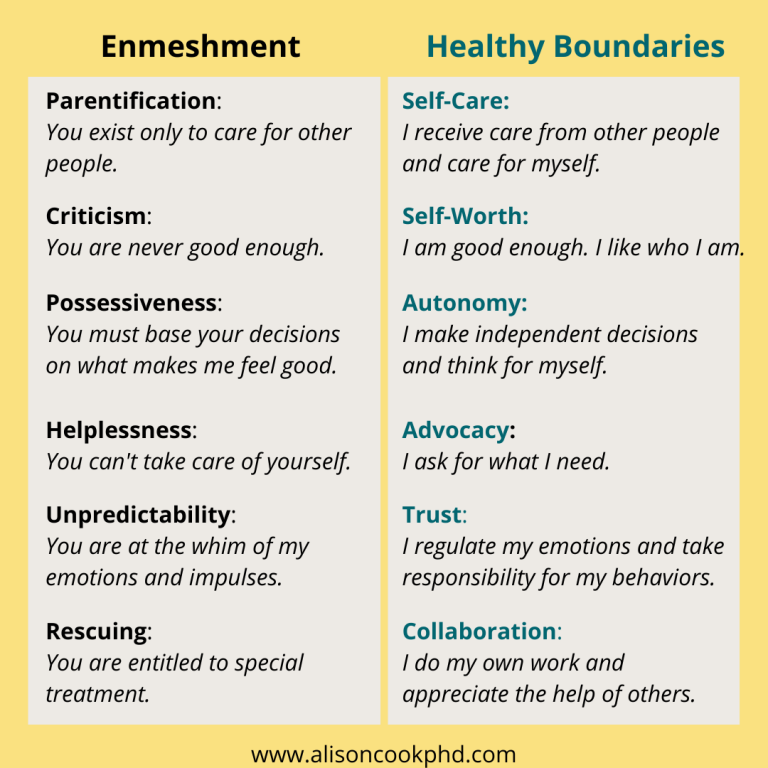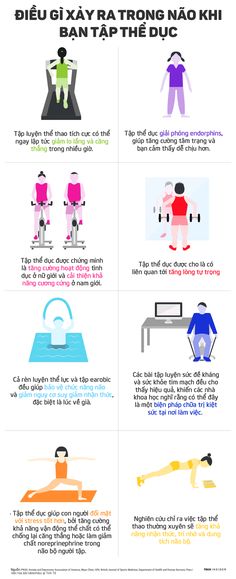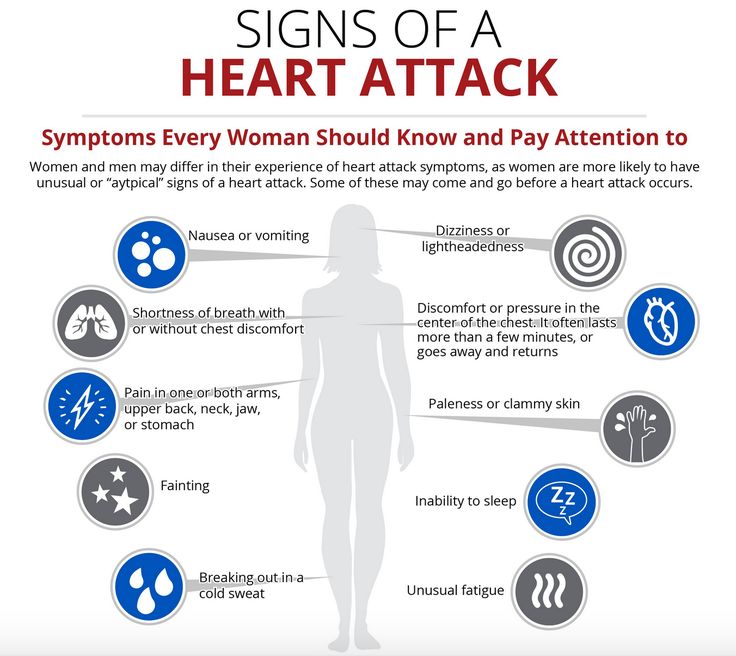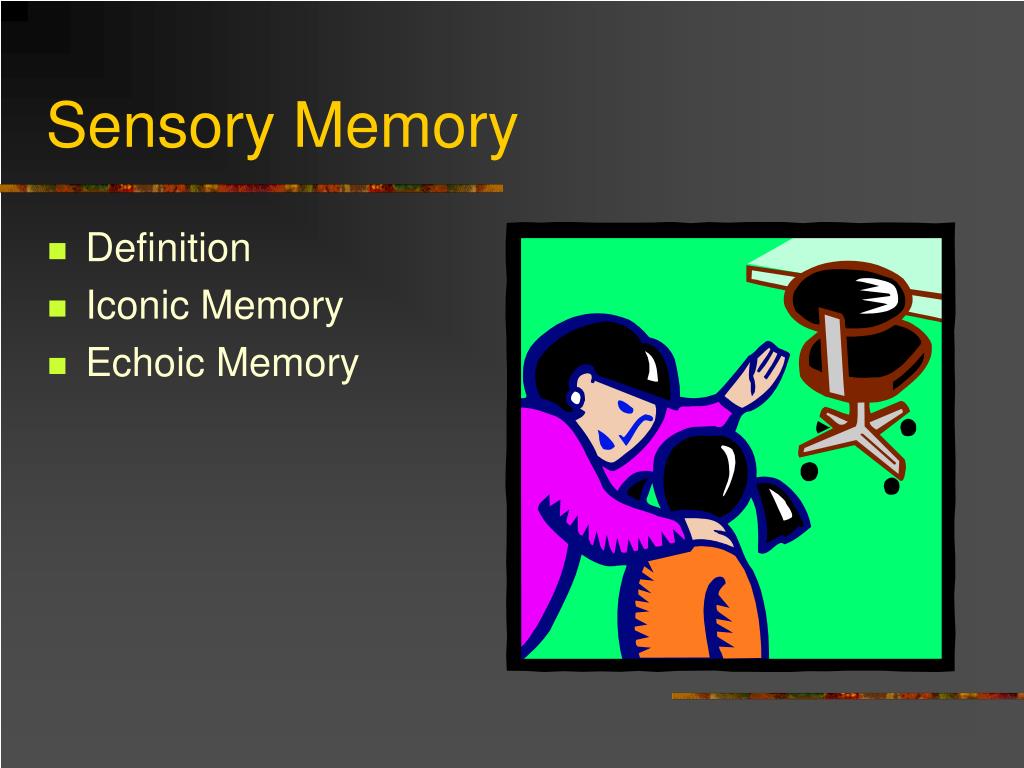Whats the difference between non binary and gender fluid
What Is Genderfluid Vs. Non-Binary? Let’s Break It Down!
We’re having more important conversations about gender today than we’ve had in recent years. These discussions aren’t limited to our families but are present in our communities, learning institutions, and even the media. Having these discussions means we can offer the necessary support to individuals and groups within the LGBTQ community.
One of the discussions about gender identity that seems to confuse people is whether there’s a difference between genderfluid vs. non-binary. People tend to assume that being genderfluid means one is closely associated with one gender rather than the one they were assigned at birth.
However, there’s a difference, just as there is between genderfluid vs. genderqueer and agender vs. genderfluid, which we have compared before. Let’s get into it.
Non-Binary is an umbrella term referring to people whose gender identity is neither female nor male. Non-binary includes those who believe they are bigender (a mix of male and female) and agender (they don’t identify with any identity or gender). Some individuals identify as part male or female and part agender (demi gender). Demigender sometimes are referred to as demi girls or demi boys.
Several other identities also exist within the non-binary.
Genderfluid is a part of the non-binary identity. Individuals that identify as gender-fluid recognize that their expression and their gender identity alters between female and male. When someone wears clothes that are normally associated with a gender that’s different from their presumed gender, they are, most of the time, presumed to be genderfluid.
However, these people may just have a habit of wearing feminine or masculine clothing, and they could be cisgender. The person may also be a trans woman and man in transition or identify as a man or woman while experimenting with gender expression.
You cannot judge a book by its cover and the only way to know whether someone is truly genderfluid is for them to tell you. If they tell you that their gender alters between male and fluid, their gender identity is genderfluid.
What Does It Mean To Be Genderfluid?
As we discussed earlier, people may use the term ‘genderfluid’ to describe their gender identity. The term falls under the non-binary blanket. When one is genderfluid, their gender identity may alter or fluctuate over time. Keep in mind that being genderfluid may mean different things to different people.
Genderfluid people can express being androgynous, feminine, or masculine in their self-concept, personality, and sexual experiences. At times, genderfluidity may be a way for some youth to explore gender before they settle on one identity or expression.
For other people, genderfluidity is the only experience they have with gender.
Keep in mind that not all people who experience fluctuations in their gender expression may identify as genderfluid. In addition, not all people require gender-affirming treatments to change their bodies to fit their gender identity. It’s also important that people don’t confuse the term genderfluidity with sexual fluidity. These two terms are different.
It’s also important that people don’t confuse the term genderfluidity with sexual fluidity. These two terms are different.
Sexual fluidity is the ability to be flexible about the person you’re attracted to, while genderfluidity is being flexible about your gender identity.
What It Means To Be Non-BinaryNon-binary people are all thought to fall under the transgender umbrella. However, some don’t identify with being transgender.
Historically, the term was used to define the movement from one binary gender to another, but today non-binary is typically used as a broad term for gender identities that are neither male nor female—identities that exist outside the male/female ‘gender binary’.
Types of Non-Binary GenderBy now, you already know that non-binary is a gender identity and an umbrella term used to describe gender identities other than man or woman. Here are some of the most commonly discussed types of non-binary gender:
- agender: The gender identity of agender individuals is undefined and neutral.
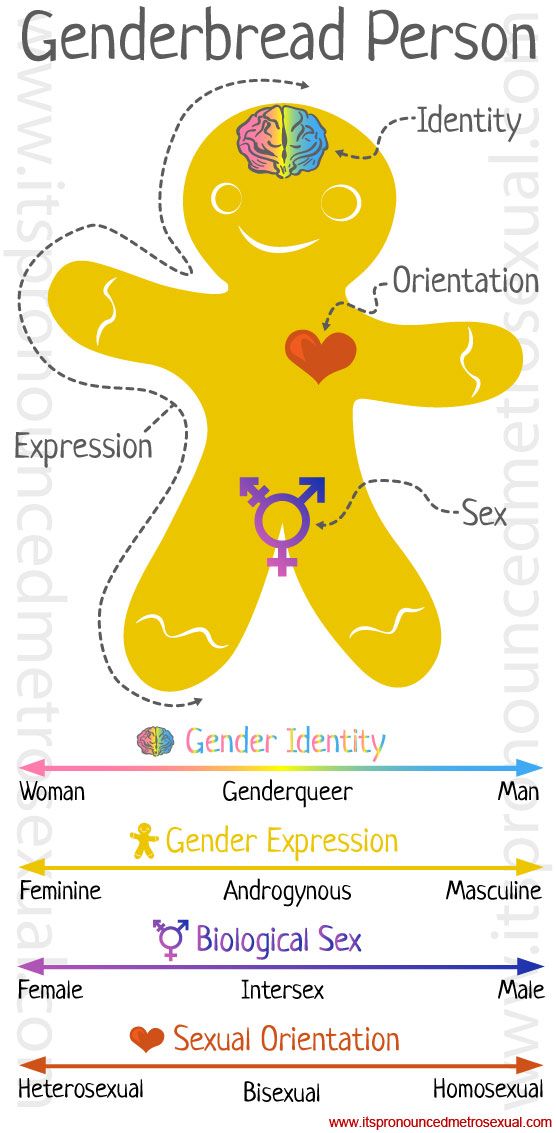 They don’t have a specific gender identity. They are sometimes referred to as neutrois or genderless.
They don’t have a specific gender identity. They are sometimes referred to as neutrois or genderless.
- Bigender: Being bigender means that individuals have two different gender identities that they may identify with either alternatively or simultaneously.
- Genderfluid: An individual fluctuates between two or more gender identities.
- Genderqueer: A term used to refer to all individuals with non-binary gender identities. This term may be the main identity of some individuals. However, it includes a slur. Unless an individual expressly identifies with it, please do not use it on them.
- Non-Binary: This is an umbrella term for all gender identities existing apart from the gender binary.
- Two-Spirit: This is a pan-tribal term that the indigenous Americans created to refer to several genders that are specific to ceremonial/social roles.
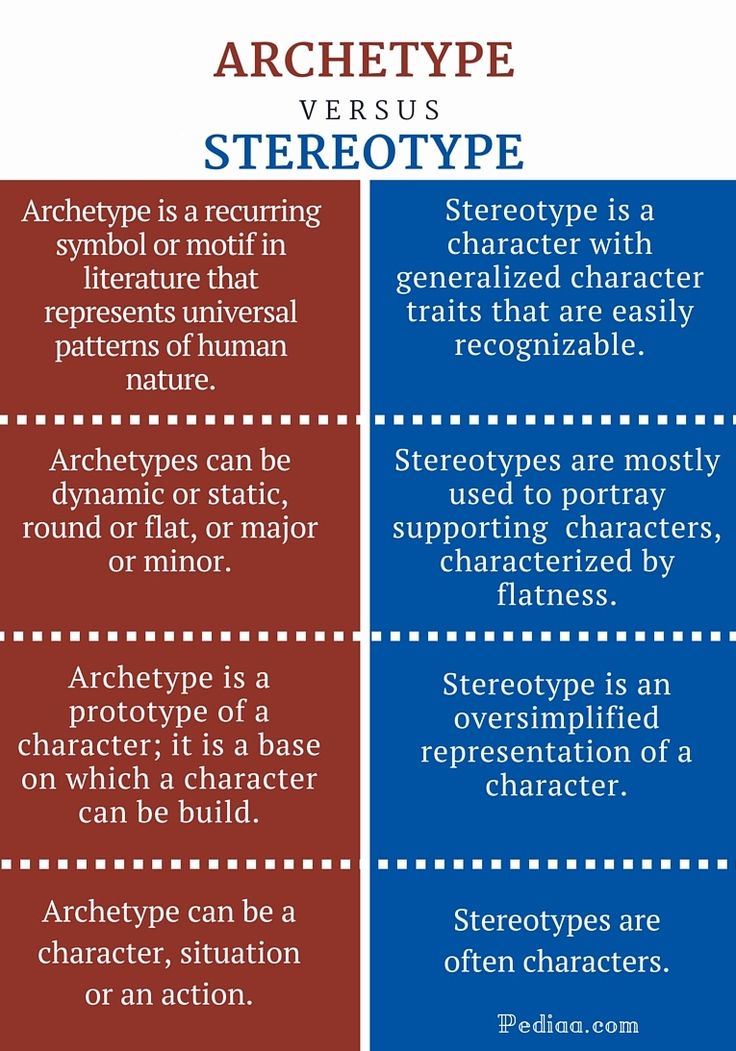 Many indigenous tribes have distinct gender identities that aren’t within the binary. However, Two-Spirit is a term for all indigenous Americans, sometimes referring to a specific identity.
Many indigenous tribes have distinct gender identities that aren’t within the binary. However, Two-Spirit is a term for all indigenous Americans, sometimes referring to a specific identity.
- Demigender: People who identify partially or predominantly one gender yet at the same time are still attached in part to another gender. There are several subcategories of the demi identity, including a demi-boy or demi-man, which signifies at least partially with being a boy or a man (no matter the sex and gender they were assigned at birth) and partly with other genders or with no other gender (agender). A demiflux person considers that the stable part of their gender identity is non-binary.
- Pangender: A person who hasmultiple gender identities. Also known as polygender or omnigender some pangender peeople may identify as all genders at the same time.
- Transfeminine: Any individual, binary or non-binary, who was assigned male at birth and has a predominantly feminine gender identity or presentation; transmasculine is the equivalent term for someone who was assigned female at birth and has a predominantly masculine gender identity or presentation
Now that we know the genderfluid is a gender identity within non-binary, here are some things people may assume about the non-binary community or individuals.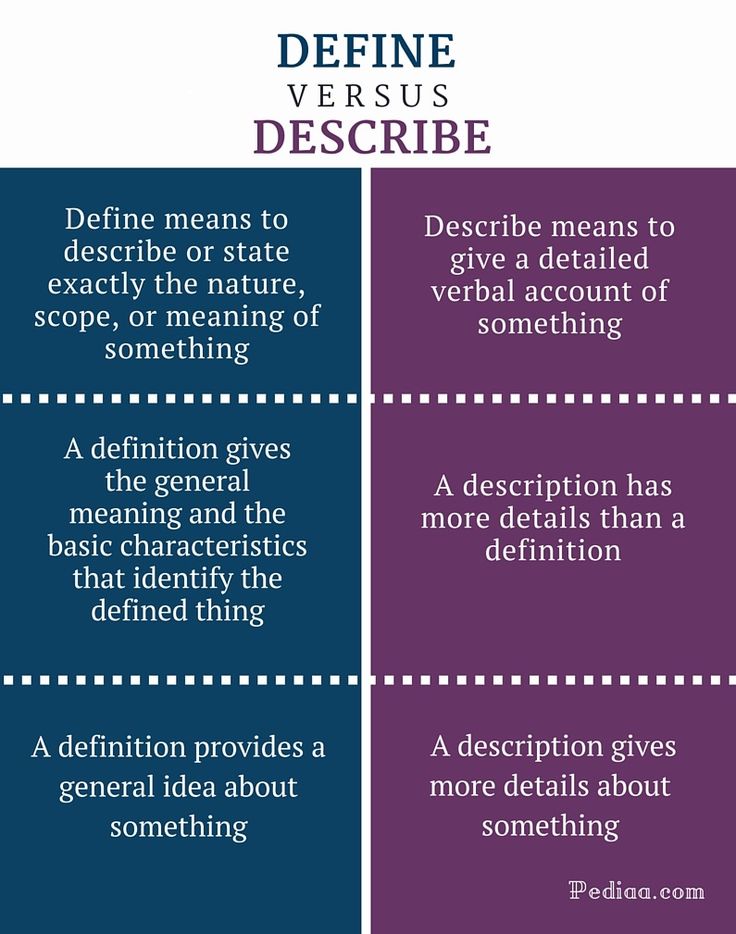
- One Cannot ‘Look Non-Binary‘
It’s not possible to tell someone’s gender identity just from looking at them. Most people know that just because you are a cis man or woman doesn’t necessarily mean that you’ve got to wear pants or dresses, respectively. In addition, some believe you can only wear androgynous clothes if you’re non-binary.
It’s always important to ask about someone’s gender identity rather than assuming because of how they look.
Even if someone looks feminine, is in heels, and has long hair, it doesn’t mean that you should automatically use she/her pronouns on them. Doing this means you’re gendering someone’s presentation, which is wrong. Just because someone presents differently from your expectation doesn’t mean they aren’t non-binary. There’s no one look that says one is non-binary – and always asking and then using someone’s pronouns beforehand is the best way to ensure everyone feels comfortable.
- You Can Have More Than One Gender Identity
It’s possible to identify as non-binary and trans, a woman, a man, or even something else. When one identifies as a non-binary man, it means that their gender identity acknowledges they don’t have an inherent identification to any gender and that they may have been socialized as a man. However, always keep in mind that having multiple gender identities may mean different things for different people.
For instance, while one may identify as non-binary and a man, it may mean that they love their male body but know that it doesn’t represent them accurately.
- They/ Them Pronouns Aren’t For All Non-Binary People
Different non-binary individuals prefer various pronouns. For instance, there are those that go by he/him, or they/them, or she/her. The only way to know what pronouns someone prefers is to ask them. On the other hand, some don’t have a preference or have a specific one they’d like used and would be offended if their wishes aren’t honored. Not calling someone the right pronoun is like not calling them their right name. Be a good human and respect this.
Not calling someone the right pronoun is like not calling them their right name. Be a good human and respect this.
- Not All Non-Binary People Are Transgender Or Intersex
Some people think being non-binary is being intersex. This means they have a body that traditionally isn’t referred to as female and male. Non-intersex and intersex people can both refer to themselves as non-binary. Other people think that being non-binary means you’re transgender. And, while there are non-binary individuals who identify with this, there are also those that don’t.
- Being Non-Binary Is Not A Fad Or Trend
More and more, people are getting used to seeing transgender individuals living and experiencing their gender identity. This is because it’s easier to explain the feeling of being more in harmony with the opposite gender.
However, it’s harder to explain when one’s gender identity is outside or in the middle of the gender spectrum. Being non-binary is a real identity that has been in existence for thousands of years and is not a phase or a personality trait.
Being non-binary is a real identity that has been in existence for thousands of years and is not a phase or a personality trait.
- We Didn’t End Up With The Wrong Body
While some feel this is true for them, it’s not the right notion for all non-binary people. Not all non-binary people feel like they were ‘born in the wrong body’. Mostly, non-binary people would feel that they were assigned the wrong gender because of other people’s misconceptions about their bodies.
Body dysphoria can happen because of external influences by society or other LGBTQ spaces that insist people should look a certain way. As a result, non-binary people may end up feeling unsettled, broken, or even feel confused.
In addition, non-binary individuals don’t always have the notion that this is how they were born. For some, their dissatisfaction with being assigned as a woman or man comes later in life. For others, there’s an inherent realization that their gender is different from the binary and that it may be more complex than what they’ve been socialized into.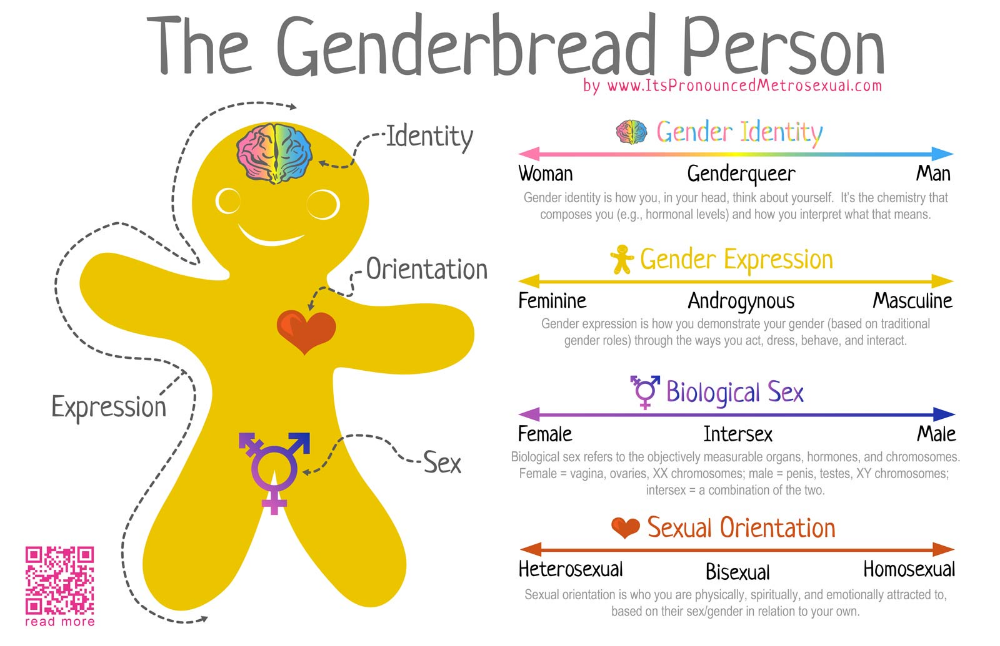
- There’s No Requirement To Be Equally Feminine Or Masculine
A non-binary person isn’t necessarily equal parts woman and man. Non-binary individuals have the liberty to identify as masculine or feminine to different degrees, and this may also fluctuate at different times. Also, some don’t identify with the concept of femininity or masculinity at all.
One cannot determine how feminine or masculine another person is. These are just labels applied to specific traits. What may feel masculine or feminine in different cultures may differ from what other cultures define as feminine or masculine. The truth is that such variations don’t mean that any of them are wrong – or any of them right. Gender and gendered traits are social constructs that change over time and are interpreted differently in various spaces or cultures.
- You Shouldn’t Have To Prove Your Gender Identity
Maybe you identify with this if you’re non-binary. People may think that you’re a man or a woman just because you don’t do anything differently as people who identify with these genders. Even though you act or dress the same as people in the binary or don’t talk about being non-binary, that doesn’t mean you aren’t.
People may think that you’re a man or a woman just because you don’t do anything differently as people who identify with these genders. Even though you act or dress the same as people in the binary or don’t talk about being non-binary, that doesn’t mean you aren’t.
You don’t have to prove to anyone that there’s something special about you, come out when you aren’t ready, or try to act differently than you did in the past. Gender is a personal concept, so you are who you say you are. Just because you’re different from other people doesn’t mean there’s something wrong with you.
Many people assume that being non-binary is a complicated thing. Non-binary may be weird for those who aren’t used to thinking outside the box that society and the patriarchy have tried to force us into—however, those of us who understand what it means are better off for it. When you’re non-binary, you create meaning for the term in your own words.
- Learning What You Can About Being Non Binary Isn’t Trying to Fit In
Learning about the assumptions we’ve talked about above is a great thing. First, you uncondition your mind from all the assumptions you’ve been making. Secondly, it’s a great idea to educate yourself about non-binary gender identities so you can offer support or understand the people in our lives (family, friends, colleagues, and others) who identify as non-binary.
First, you uncondition your mind from all the assumptions you’ve been making. Secondly, it’s a great idea to educate yourself about non-binary gender identities so you can offer support or understand the people in our lives (family, friends, colleagues, and others) who identify as non-binary.
Trying to understand experiences that non-binary people go through can be overwhelming or difficult for people who identify with the gender they were assigned at birth. However, being human means that we learn to accept that people are different and that we all have distinct experiences in life.
It also means that we offer more support to other people in our lives that are trying hard to be as comfortable as they can with who they are. This is definitely something that all of society can aspire to do.
Just a Recap Of Genderfluid Vs. Non-BinaryWhen someone identifies as non-binary, it means they don’t identify with the two sides of the gender spectrum- man or woman.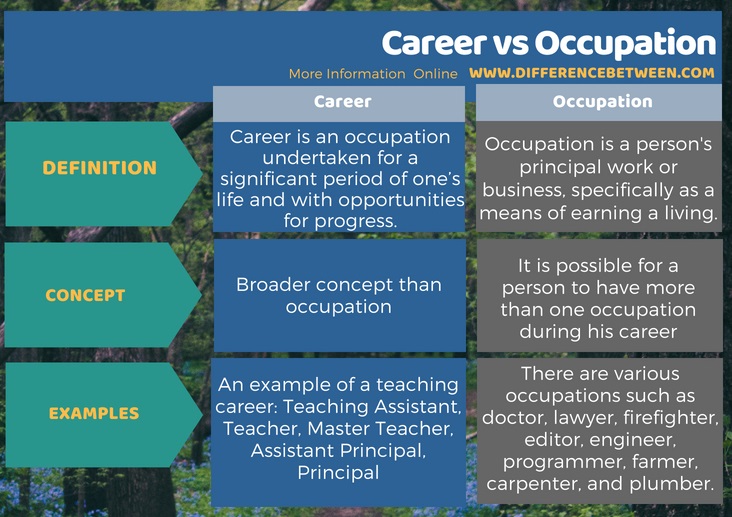 Non-binary individuals are in the middle of the gender spectrum, or not on it at all. Non-binary is both an umbrella term and a gender identity.
Non-binary individuals are in the middle of the gender spectrum, or not on it at all. Non-binary is both an umbrella term and a gender identity.
When you’re genderfluid, it means that you fluctuate through different genders at different times. It could be days, weeks, or even months. At one time, you may feel like a man and describe yourself with the appropriate pronouns, and at a different time, you may feel like you don’t belong to any gender at all.
Transgender, Non-Binary, and Gender Fluid Fast Facts for Parents
Important discussions around gender are happening more and more in today’s families. These discussions are important and can help you support your child if they have questions about gender identity. Here are some fast facts to help you have those discussions.
NEW! Sign up for our text message-based course, Understanding and Supporting Transgender Youth. In this course, you’ll be given a brief introduction to who and what the term “transgender” refers to. You’ll also learn ways to support transgender youth while they learn about and express their gender identity. These courses are designed for today’s parents by our parenting experts. Click here to sign up today!
You’ll also learn ways to support transgender youth while they learn about and express their gender identity. These courses are designed for today’s parents by our parenting experts. Click here to sign up today!
Fast Facts on Transgender, Non-Binary, and Gender Fluid
First, some definitions to help you understand these terms.
Transgender is a broadly used term for persons whose gender expression and identity are different from their sex at birth. According to The Williams Institute at UCLA School of Law, 700,000 people in the United States identify as transgender. While adolescents already face many challenges, transgender youth often struggle with additional challenges and difficulties.
Non-Binary individuals don’t feel like one gender or the other. Gender for them is more “fluid” than we’ve traditionally thought it to be. Non-binary gender identity is simply one term that may be used to describe individuals who may experience a gender identity that is neither exclusively male or exclusively female or is in between or even beyond both genders. Non-binary individuals may also identify as gender-fluid, which is a person who does not necessarily identify themselves as having a fixed gender.
Non-binary individuals may also identify as gender-fluid, which is a person who does not necessarily identify themselves as having a fixed gender.
How Can You Support Your Child?
It is critical for parents to be supportive of their children as they discover their gender identity. A recent study published in the Journal of Adolescent Health discovered that the average age that transgender youth notice their gender incongruity is age 8.
As these youth head into puberty and adolescence, it is imperative that they have the support they need. LGBTQ youth are at an increased risk of being bullied, In fact, stopbullying.gov reports that over 50% of LGBTQ students in grades 9-12 experienced cyberbullying. Developing their social intelligence, self-confidence, and perseverance can help them navigate difficult situations.
The American Academy of Pediatrics released a statement in support of transgender youth in 2017. In this statement, AAP stated: “As pediatricians, we know that transgender children fare much better when they feel supported by their family, school, and the larger community.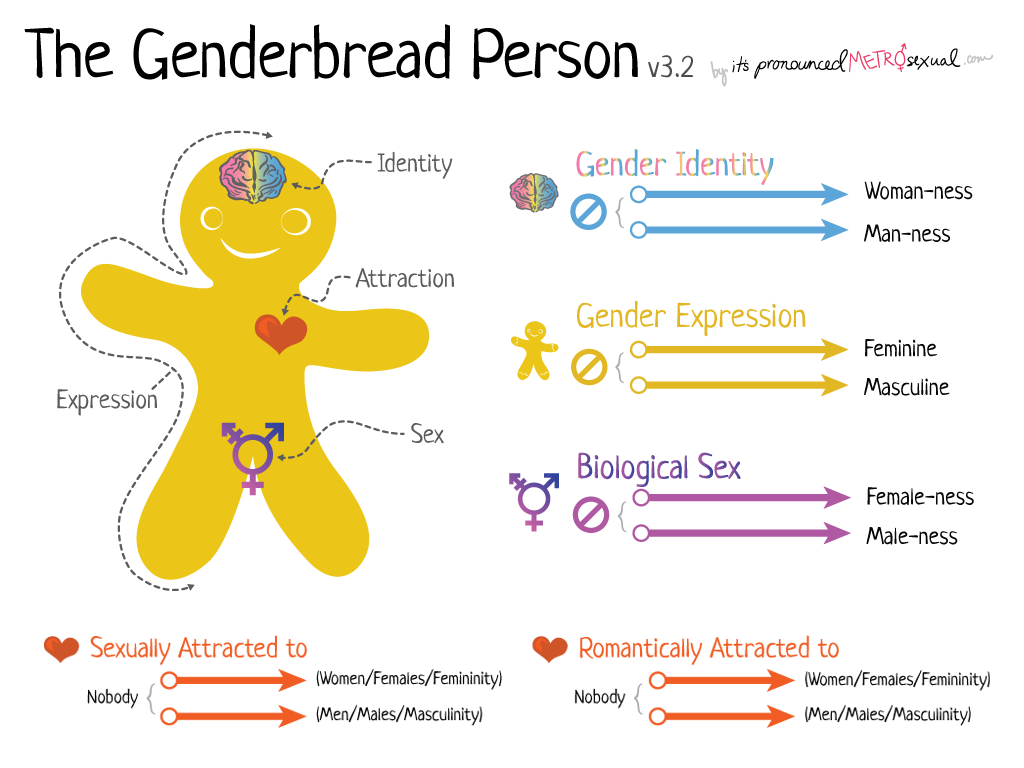 Shaming children based on their gender identity or expression is harmful to their social-emotional health and may have lifelong consequences. This includes public discourse that de-legitimizes the contributions that transgender individuals make to society.”
Shaming children based on their gender identity or expression is harmful to their social-emotional health and may have lifelong consequences. This includes public discourse that de-legitimizes the contributions that transgender individuals make to society.”
Parents can support their kids first by listening. This can be difficult territory for your child and you to navigate. Build upon their strengths of bravery and honesty. These are demonstrated in sharing their unique self with others. Being open, honest, and supportive will establish trust with your child. Be careful to not force labels on your child. It is important to respectfully address them using the pronouns they are comfortable with. Letting your child be who they are, helps them define themselves and their own personality. Identify their individual strengths and help them develop those by spotting them, naming them, and encouraging the use of those strengths. As always, seek professional advice if you feel ill-equipped to help your child with this or any issue.
When parents learn their child is lesbian, gay, bisexual, transgender, queer, or gender-expansive (LGBTQ+), they may experience a wide variety of emotions. Confusion about their child’s sexual orientation, gender identity, and/or gender expression. Worry about how their child will be treated by others. Concern because they were taught being LGBTQ+ is wrong or even sinful.
So, what to do when your child comes out?
At Beech Acres Parenting Center we believe the best way to help children is through their parents. You have the strengths you need to raise capable, caring, contributing children and we’re here to help.
You can download our Fast Facts on Transgender here.
Beech Acres Parenting Center affirms the worth and dignity of all children. We believe that discrimination based on gender identity or expression is damaging to the health of children, families, and society. As the fight for inclusion moves from public restrooms to school locker rooms, Beech Acres unequivocally and emphatically stands in solidarity with transgender youth, and all transgender individuals.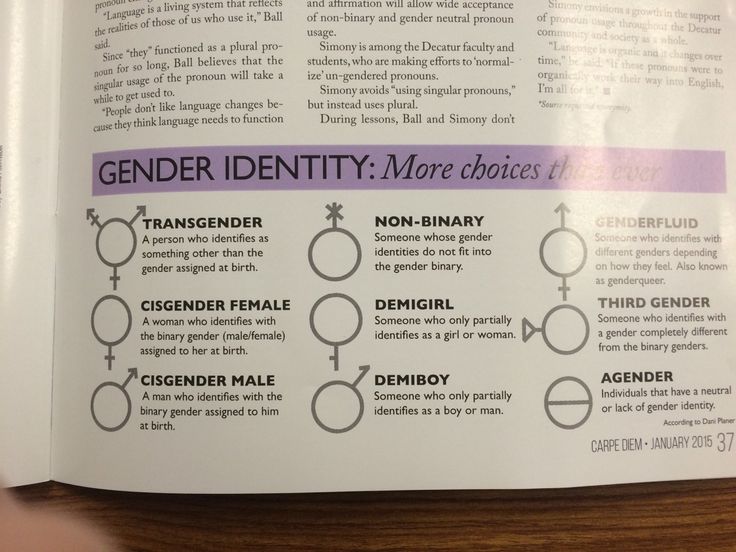 Read more…
Read more…
Additional Resources:
https://www.cdc.gov/lgbthealth/ transgender.htm
https://williamsinstitute.law.ucla.edu/publications/how-many-people-lgbt/
https://www.cnn.com/2018/02/06/health/teens-gender-nonconforming-study-trnd/index.html
https://rightasrain.uwmedicine.org/life/parenthood/transgender-nonbinary-youth
https://www.cincinnatichildrens.org/service/a/adolescent-medicine/programs/transgender
Our friends at the Cincinnati Public Library put together this reading list featuring transgender, non-binary, and gender-fluid characters.
TAGS: LGBTQ, Parenting Tips
Who are non-binary people? What does cisgender mean? What is intersex? Understood the not stupid questions about gender
Together with the expert, we figured out the most common questions and relevant terms related to the topic of gender. If you are confused in all these new words and do not fully understand what they mean, read.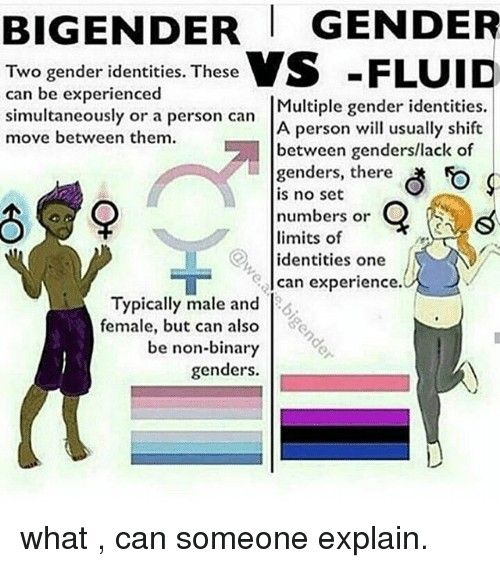
Contents
- First: what is sex, gender and gender identity – and what is the difference between them
- Where did so many concepts and terms come from? It seems that not so long ago there were men, women and transgender people - but already there are a lot of new incomprehensible words
- Will there be even more new words?
- It seems that there are more and more terms, people begin to try them on themselves and thus begin to doubt their gender identity
- Do people not necessarily understand their gender from childhood? And if a person has realized it in adulthood, does this not mean that he "changed his shoes"?
- Now let's talk about important terms. What is cisgender?
- What is transgender and how is it different from transsexuality?
- What about non-binary?
- Agender
- Queer
- Gender fluid
- Intersex
- How to address a person whose gender identity you don't know: he, she, they?
First: what is sex, gender and gender identity – and what is the difference between them
Toni Lashden
queer-femme activist, co-founder of the Minsk friendship "Tender for Gender", Master of Gender Studies and Law
– Gender is a combination of different bodily characteristics that include many factors.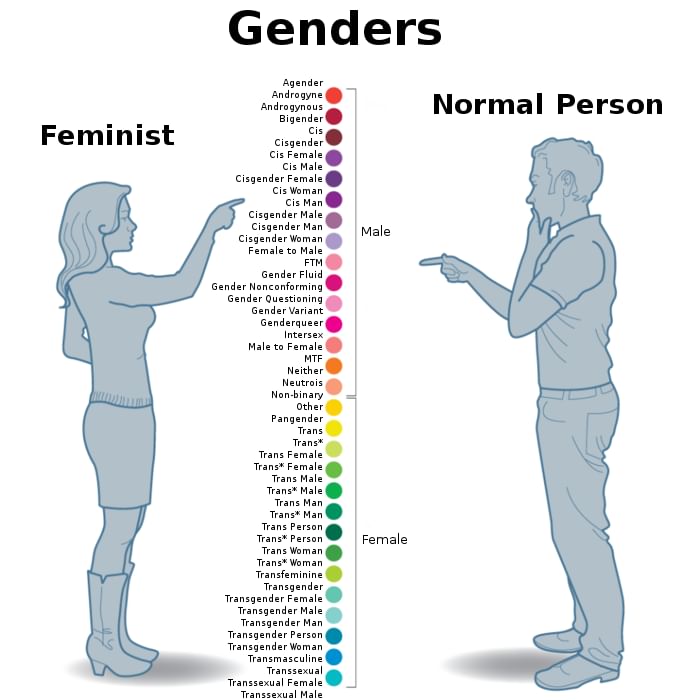 For example, primary and secondary sexual characteristics - whether we have a vagina or a penis, whether there are ovaries or scrotum, where hair grows and in what quantity.
For example, primary and secondary sexual characteristics - whether we have a vagina or a penis, whether there are ovaries or scrotum, where hair grows and in what quantity.
There is also such a concept as hormonal sex: what hormones we have, in what quantity they are, and how testosterone and estrogen interact with each other. There is also a chromosomal sex - it is determined on the basis of what chromosomes we have.
Each of these characteristics associated with our body can be in different forms, and some of the things associated with sex are invisible to the eye. So in fact there is no certainty whether a person is a man or a woman, if one does not know all these signs.
In turn, gender is a system of social attitudes and norms that are put forward to people based on how others read them. But gender identity is how a person feels and describes himself among all these traditions, norms and prescriptions.
Where did so many concepts and terms come from? It seems that not so long ago there were men, women and transgender people - but there are already a lot of new incomprehensible words
- It's more a matter of language.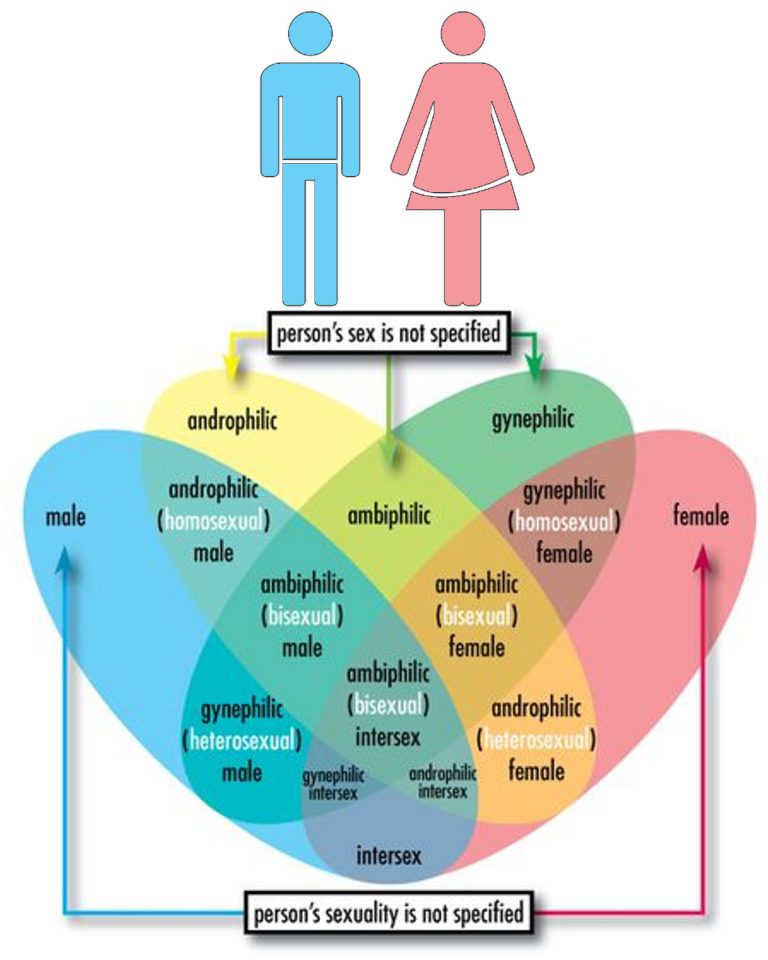 Words for new identities appear when people have a request how to describe themselves for this world. It is very important for all of us to somehow present ourselves to others, so the emergence of new terms, by and large, indicates a desire to somehow identify ourselves.
Words for new identities appear when people have a request how to describe themselves for this world. It is very important for all of us to somehow present ourselves to others, so the emergence of new terms, by and large, indicates a desire to somehow identify ourselves.
Why are there more such words? Because there is more access to knowledge related to issues of sexuality and identity, and more interest in this.
In addition, there are more activists and activists, projects, books that would tell people that there are different options for life - and that it is not necessary to carry the yoke of gender norms in order to feel good and live well and happily .
It seems to me that some people have a certain anxiety about the fact that there are more new terms, due to a lack of understanding of how to contact this. Many people would like to be sensitive to the identities of others, but do not always understand how to do it correctly and correctly, which is why such tension arises.
But you don't need to be afraid of it - it's just an important social process when more and more people think about themselves and about their lives.
Will there be even more new words?
- Most likely it will. But, probably, over time, some of them will fall off, and only those words will remain that will describe us and our identities with great success.
For example, in my memory about five years ago there was a great interest in finding new concepts related to sexuality. There was a big debate about the terms "bisexuality" and "pan-secularity", and many questions arose: maybe they are all about the same thing?
But over time, everyone came to the conclusion that different people can call their sexuality in different ways, and it's good when we have enough words, even to talk about the same thing.
It must be understood that all new terms are first discussed by people who want to apply them to themselves. And as soon as some important semantic question is closed about what this word means and whether there are repetitions in the language or within our communities, then it is either accepted and begins to be actively used, or it can be discarded as unnecessary.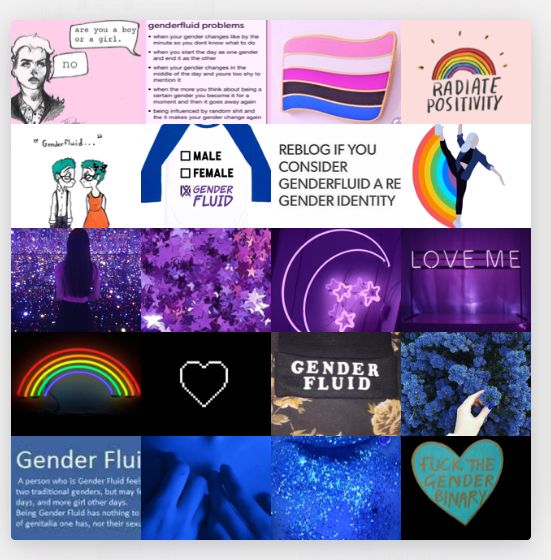
It seems that there are more and more terms, people begin to try them on themselves and thus begin to doubt their gender identity somehow he or she was sure of it from the beginning.
Second, I think it's very important for us as a society to build a space for safe exploration and self-support. Because by trying new things, you can get a pleasant and useful experience for yourself - and at the same time, for example, make sure of your gender identity. By the way, with sexuality it works in exactly the same way.
I think that if more people had the opportunity, without stress and anxiety, to explore how they want to look, what practices they want to do and what roles to play in life, and at the same time would not be afraid to hear that they are somehow different and acted ugly with someone's expectations, then everyone would live much more freely.
And some research things do not necessarily mean a change in your identity. If you have been wearing pants all your life, and then one day you suddenly decide to wear a skirt, then most likely nothing will happen to you.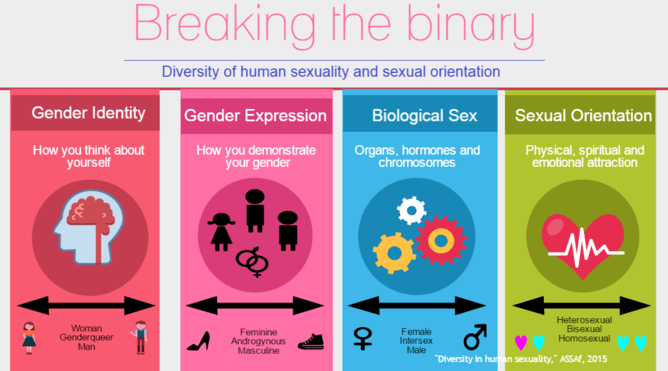 The process of understanding something about yourself is actually very long – and nothing changes overnight.
The process of understanding something about yourself is actually very long – and nothing changes overnight.
Do people not necessarily understand their gender from childhood? And if a person realized it in adulthood, then this does not mean that he "changed his shoes"?
– In childhood, what people say about us plays a very important role, and we perceive many of these words as the truth about ourselves. When a person grows up, he often tries to explore himself and the world around him - and sometimes his understanding of himself changes, he begins to feel differently. This can happen if people have the opportunity to honestly and openly talk to themselves about who they are, what they like and what they really want.
But at the same time, there are those who have realized themselves as a boy or a girl since childhood and live with this understanding all their lives without discomfort or tension, feeling free and relaxed in these identities.
Now let's talk about important terms.
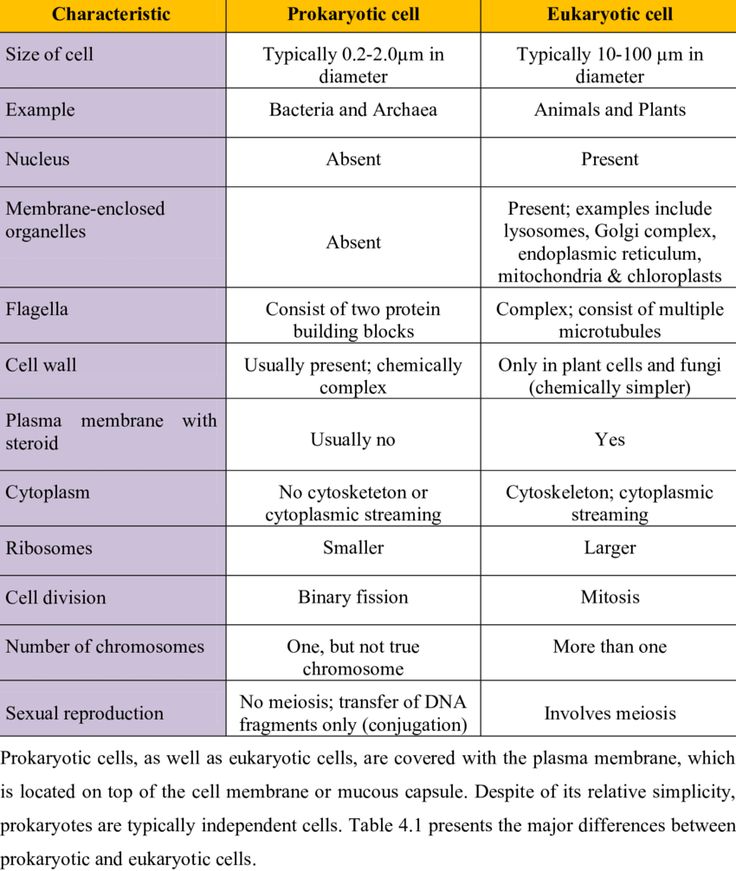 What is cisgender?
What is cisgender? - Cis people are those who identify themselves according to their assigned gender. That is, if in childhood a person was told that he is a boy, and he lives comfortably with this awareness and feels that his physicality and self-perceptions coincide, this is a cisgender person.
What is transgender and how is it different from transsexuality?
- In general, the word "transgender" as a noun is a tracing paper from English. In Russian, it is correct to say transgender people or trans people.
Transgender is an umbrella term that includes almost all gender variations and indicates that a person feels that his or her identity is different from that which has been assigned to him or her.
There are trans people who go through a full cycle of transgender transition: they start taking hormonal drugs, change their gender marker in their passport, gain access to surgeries that help them bring their body to the desired state.
At the same time, there is also a large percentage of transgender people who do not want to have surgery, they just need to take hormonal drugs to look the way they want. And there are those who simply would like to change documents.
There is also the term “transsexuality” , which is now obsolete, mostly used in the 2000s-2010s and used to describe directly those undergoing surgery. Now almost no one uses this word, but at the same time, there are people within the community who identify themselves as transgender. Most often, these are those who went through the transition procedure in the 1990s-2010s, and in Belarus it was a very specific experience. It is important for them to hold on to that identity and continue to call themselves that.
What about non-binary?
– If being transgender is like an umbrella, then non-binary is part of it. This is one of its manifestations, which is that people who identify as non-binary do not describe themselves as either female or male.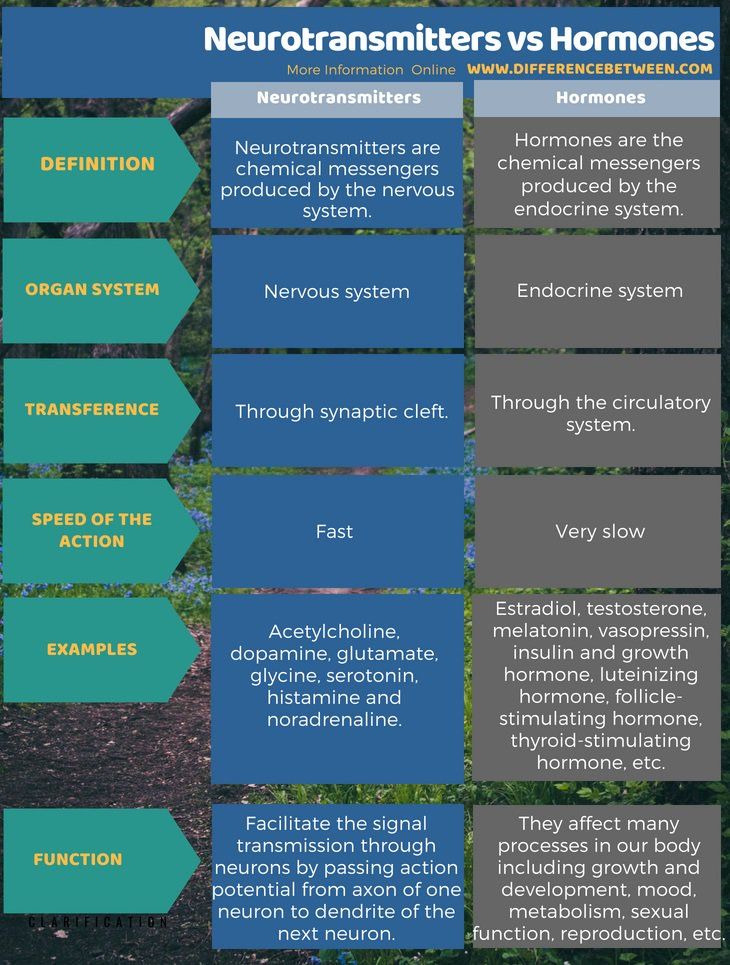 These are neither the one nor the other - but a different, third option.
These are neither the one nor the other - but a different, third option.
Genderness
– This is about people who do not describe themselves in terms of gender. And yet it is not synonymous with non-binary. If we imagine genders as a spectrum with men at one end and women at the other, then non-binary personalities will be somewhere in the center, and agender people will be nowhere at all, outside of this spectrum. They cannot relate to any identity at all and do not feel connected to any of the categories.
Queer
- In general, the word "queer" is more related to sexuality and can be used in several ways.
First, it can be used as a synonym for non-heterosexual people, without specifying what a person's specific sexuality is.
Secondly, this can mean people who non-normatively identify themselves both in the field of gender and in the field of sexuality. That is, a person does not feel like a woman or a man, but at the same time is not heterosexual.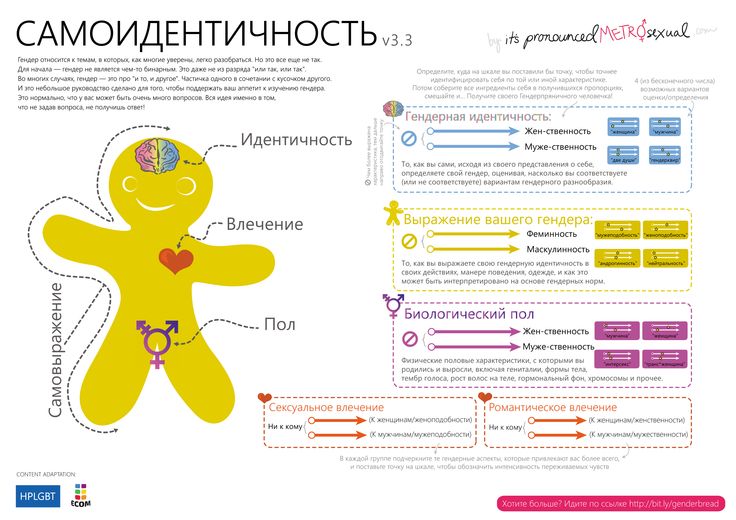
In addition, it must be said that historically the meaning of the word "queer" was originally an insult, and many activists and activists used it as such a radical identity. They took it for themselves in order to work with the topic of homophobia and LGBTQI phobia in the United States.
There is a wonderful activist in Belarus Andrei Zavalei , who, inspired by this whole story about queers, wrote the "Fag Manifesto" and proudly carried this fag identity, as he himself called it.
Gender-fluid
– The word “fluid” means “plasticity”. Therefore, gender fluids are people whose gender identity can change. At some point in time, they may feel a certain way, and at some point in a different way.
Intersexity
– This word describes rather than gender identification, but the bodily condition of a person who is born with sexual variations and characteristics of both sexes: for example, he does not have developed ovaries, and at the same time, he can be read as a woman by all of us.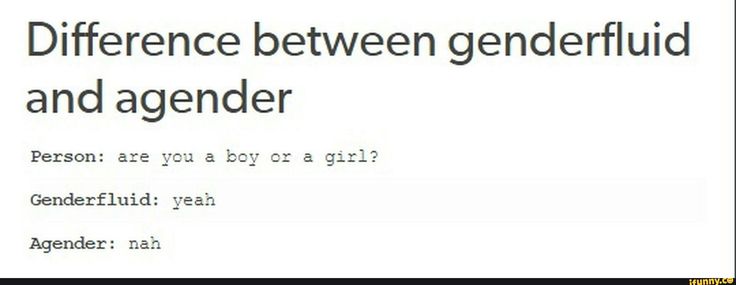 There are actually quite a lot of such people - according to WHO, at least 1%.
There are actually quite a lot of such people - according to WHO, at least 1%.
In terms of gender identity, intersex people often perceive themselves as women or men, but they may have a completely different gender marker in documents. For example, a person may have a penis and scrotum, but besides this, the mammary glands are developed. He can be fully aware of himself as a man, live like a man and look like a man, but still have a passport that indicates that this person is a woman.
Related to this is that it is often intersex people who support transgender people in terms of access to medical services, because with special variations they may also need hormonal drugs or surgery.
But we have considered an ideal situation where an adult, already aware of himself in some way, wants to bring his body to some particular state.
Unfortunately, most intersex people do not find themselves in such conditions. Due to the high stigmatization of this topic in society, such people are often subjected to forced operations even at birth - and in some cases, the doctor may not even inform parents that their child had some kind of intersex variation. So people can learn about it already in adulthood and completely by accident.
So people can learn about it already in adulthood and completely by accident.
How to address a person whose gender identity you do not know: he, she, they?
- This is actually a question about everyone - not just people who are not cisgender. When you don't know a person and aren't sure how they talk about themselves, it's important to just ask.
There is no need to be afraid of this - believe me, if you asked yourself such a question, then the person, most likely, will only be happy to tell you how to communicate with him correctly. Here are the possible options: “How can I talk about you?” or “What pronoun do you use?”
If you still feel uncomfortable asking such questions, you can just listen and wait for the person to mention himself in some particular way.
Gradually, this enters the culture of communication. Often, when I enter youth communities, I hear people introduce themselves, for example, like this: “My name is Sasha, and I say “she” to myself.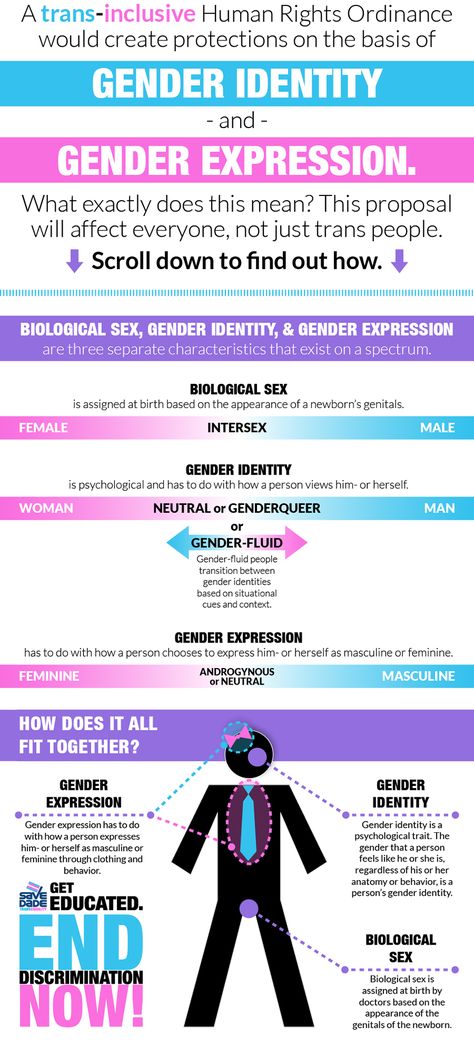 ” And everyone immediately understands that regardless of how Sasha looks and talks, Sasha should be addressed like this.
” And everyone immediately understands that regardless of how Sasha looks and talks, Sasha should be addressed like this.
But in general, this is connected not only with identity, but in principle with respect for the boundaries of others and with the desire to make communication more comfortable. So, I repeat, do not be afraid to ask - it can help even if a person's name is Katya and she hates being called Ekaterina.
CityDog.io materials may only be reprinted with the written permission of the editors. Details here.
Photo: Unsplash.com.
share
Beyond sex and gender: who are non-binary people
A certain number of people today declare that they unequivocally consider themselves neither men nor women. The sets of characteristics and behaviors fixed to each of the sexes do not allow them to feel comfortable in society. They think in terms of personality, not gender and social roles.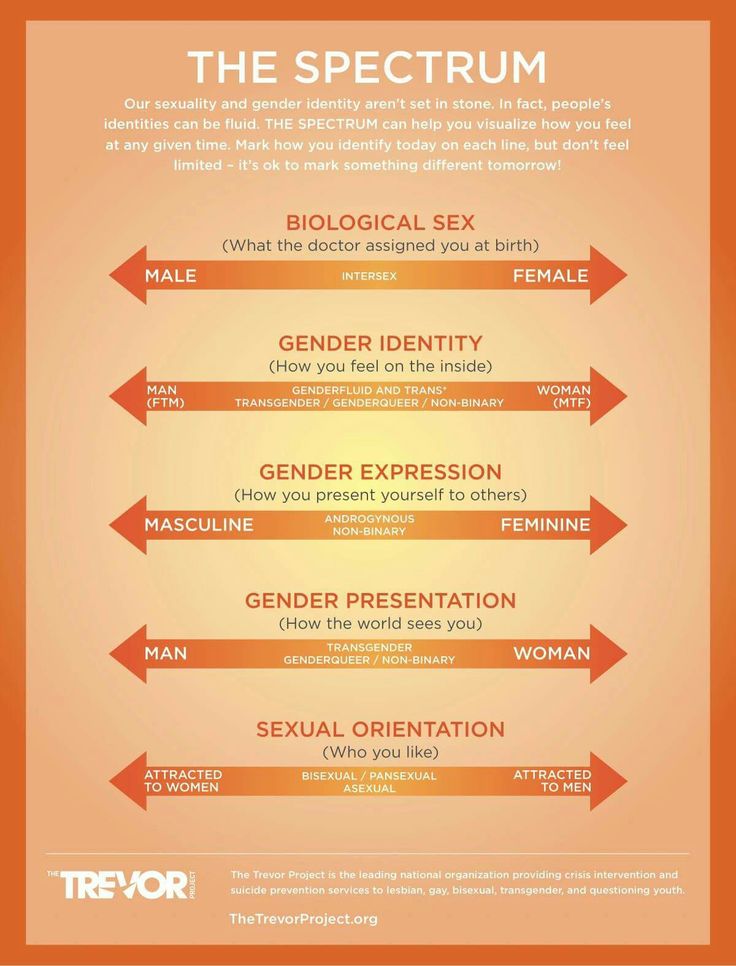 We are talking about non-binary people.
We are talking about non-binary people.
For example, in Sweden both men and women are called neutral pronouns. In Argentina, the third version of the floor is allowed “ I don’t want to define ”, and Germany will come to this by the end of the year. The theme of non-binary entered into popular culture - a year ago, in the American TV series "Billions", for the first time in the history of television, characters with a non-binary identity were shown.
WHO ARE SEX AND GENDER DENIAL PEOPLE?
“I feel comfortable being addressed in the feminine gender, but I don't have a gender. There are transgender people whose assigned biological sex at birth does not match their gender, a social construct. In theory, I fall under this term, but I do not consider myself a member of the trans community ,” says Katya Shilova , a non-binary person.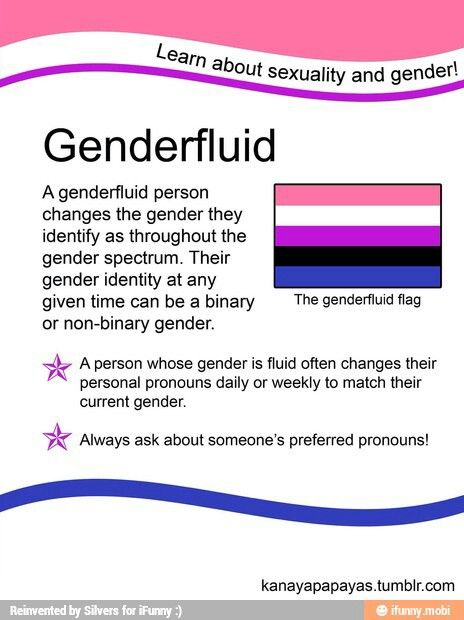
Non-binary people, or genderqueers, do not fit into the generally accepted system of two sexes. In such a system, gender expression that does not coincide with the standard ideas of male and female is prohibited. The general term non-binary also includes other people who identify themselves as agender or genderless (deny gender identity), androgynes (balance on the verge between male and female), bigenders (feel themselves either in the female or in the male field), gender fluids (“swim ” between all possible genera).
It is unknown how many non-binary people there are in the world. “We can only talk about the number of transgender people. Estimates at the global level show that they represent up to 1.1% of the adult population of reproductive age . Speaking about Ukraine, we can rely on the average number - 0.5%”, - states Igor Medved , coordinator of the human rights organization HPLGBT.
Katya Shilova took four years to feel comfortable in her non-binary status. At the age of 15, she fell in love with a girl. I couldn't take it for six months. She typed in a search engine “how to get rid of homosexuality”. But with the support of friends, she began to understand herself and study gender theory.
At the age of 15, she fell in love with a girl. I couldn't take it for six months. She typed in a search engine “how to get rid of homosexuality”. But with the support of friends, she began to understand herself and study gender theory.
“I found out that there are transgender people, and I thought that if I don't fall for everything feminine, then I must be a transgender guy. I was still trying to fit into the binary system. But when she tried on a male identity, she did not feel comfortable. And at some point I realized that it’s easier for me to talk about who I am not, and that the category of gender doesn’t suit me in principle,” says Katya.
“I DON'T WANT TO BE ASSOCIATED WITH MY GENDER SIGNS”
The main problem of a non-binary person is that they try to put him into one of two categories, asking “are you a girl or a boy?”. But there is no correct answer to this question. Loki J von Dorn is sure of this - an activist, creator of the Nonbinary.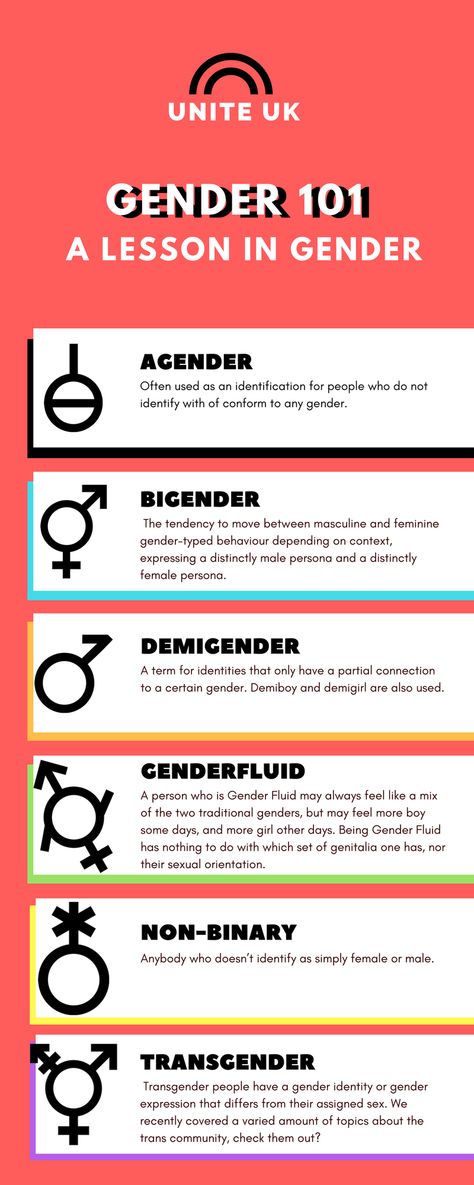 UA community, in which nonbinary people can learn more about themselves.
UA community, in which nonbinary people can learn more about themselves.
“The last thing I would like is to be associated with my sexual characteristics and to be emphasized in all public places, like when you have to choose a locker room or a toilet - male or female” - says he is .
Loki says that he lives in discrimination every day, because his identity is invisible and absent in Ukrainian reality: “There are always people who deliberately challenge my right to self-identification and insist on their desire to call me whatever they want, and on what is right.”
Loki J von DornLoki uses the masculine pronoun when referring to himself. But in the future, he would like not to receive questions about his gender at all, and to be perceived as a person in the first place.
HOW TO SPEAK TO NON-BINARY PEOPLE?
Non-binary people face misgendering every day: when they are called not by the pronouns that they themselves use in relation to themselves.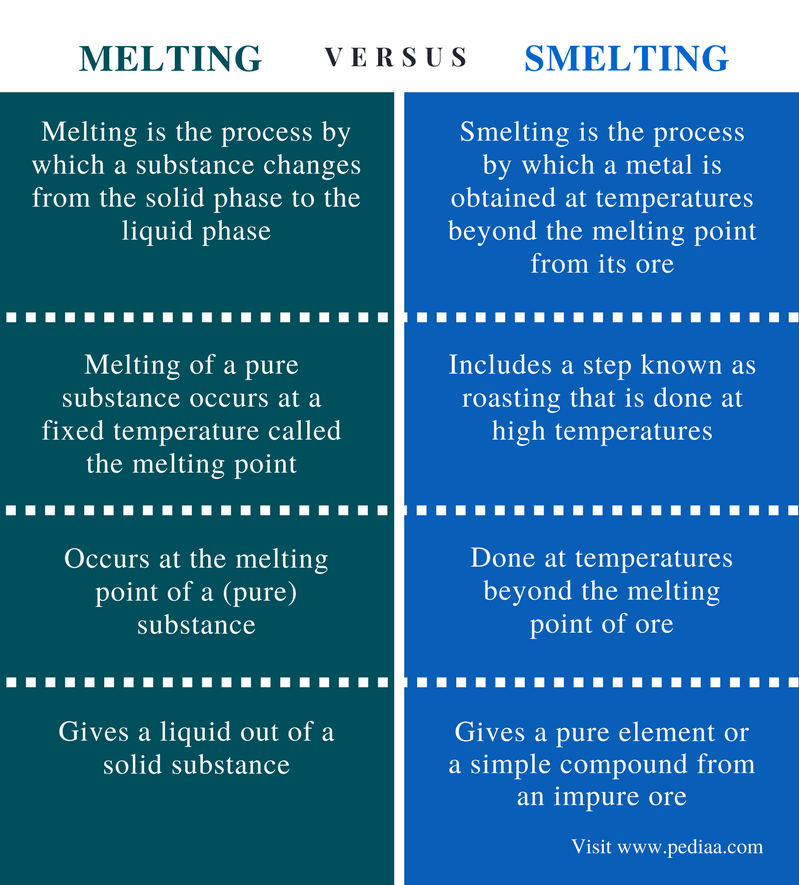 However, in many countries there are universal appeals that Ukraine could borrow.
However, in many countries there are universal appeals that Ukraine could borrow.
For example, most non-binary people in the UK prefer to refer to themselves as “they/them”. In English, these pronouns are widely used in relation to all people. Let's take a situation when a school announces the arrival of a new teacher, but who it is - a man or a woman - is not yet known. In English they would say: “We have a new teacher. They will come tomorrow.” Which in translation reads: “We have a new teacher. They will come tomorrow.” This does not mean that the teacher is a non-binary person, but only that it is not yet known what gender he is. And for the English language so familiar.
At the same time, Sweden banned the generic pronouns “han/he” and “hon/she”. Regardless of gender, everyone became “hen”, that is, a neutral gender. A publication from the Swedish Institute explains:
“Proponents argue that the word “hen” avoids referring only to a particular gender or using the restrictive he/she forms, as well as expanding the language for those who may not consider themselves male or female, or those who do not want to be addressed on the basis of gender”.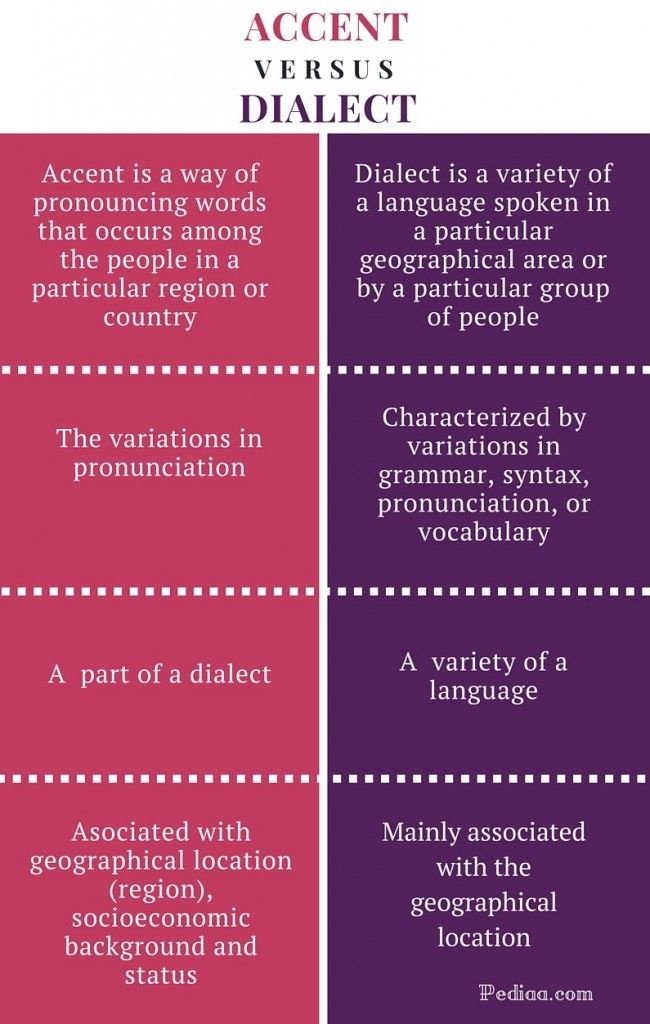
In Argentina and Nepal, a third gender was introduced in official documents - there is “he”, “she” and “I don’t want to define”. In Germany, before the end of 2018, amendments to the Constitution will be made, which imply the possibility of indicating in documents a different gender marker, except for male and female.
There is also a known case in Canada when an 8-month-old baby was first issued a medical card without specifying the gender. Cyril Utley was born in November 2016 in British Columbia. The parent of the child, Corey Doty, does not consider himself to be either a woman or a man. He wants the child to consciously choose his gender identity. On the child’s medical record, in the column “gender”, they wrote the Latin letter U, which can mean either “indefinite” (undetermined) or “unidentified” (unassigned). Corey Doty is also trying to get the authorities to stop the baby's gender from being listed on the birth certificate.
In the Ukrainian and Russian languages, the culture of addressing non-binary people has not yet been formed.